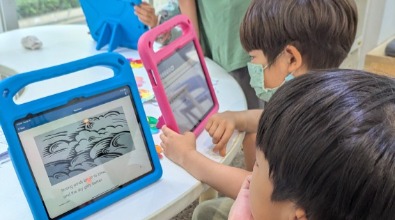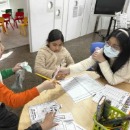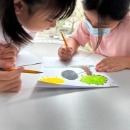自主學習
資訊與科技日新月異,旭日相信掌握自主學習的孩子更有能力面對未來世界的挑戰。我們重視孩子的好奇心,鼓勵孩子提出問題,自己尋求解決方法。老師是陪伴孩子一起探索知識的引路人,我們相信尋找答案的過程是激發自主學習力的關鍵。

自主學習是一段旅程,孩子必須思考如何提問、規劃策略、運用所學到的知識來解決問題。當孩子能掌控自己的學習時,同時也培養了批判性思考及解決問題的能力。

為了達到自主學習的目標,旭日的課程以專題研究為主,學生是學習的中心、嘗試新事物、研究未知且好奇的事物。我們相信好奇心會激發孩子探索的興趣,培養對學習的熱愛。

自主學習的實踐

基礎學習 → 延續專題研究孩子們的學習狀況,老師會進行不同程度的加強。師生間建立深厚的信任關係,當需要討論和碰到困難時,孩子們能請老師協助,探索下一步並設定目標。老師同時也給孩子自主權,使其有獨立探索和學習的空間。

專題研究 → 透過與實際生活相聯繫的項目,我們為孩子提供了獲得新技能的機會,並以有意義的方式練習所學到的技能。例如,學生不再只是為了練習計算而將兩個數字相加,而是利用他們的加法技能來解決實際在專題與現實生活碰到的問題。

探索學習 → 課程具體且與生活連結,孩子能對知識有明確的認識,以便在發現其他有興趣的項目時,可以進行更深入的學習,課程也會根據學生的學習狀況而隨時做適度的調整。

旭日時間 → 孩子可在這段時間中,討論自己的想法及收穫,學習對自己的行為負責。同時也能將日常中所面對的問題與同儕分享,尋求團體的協助。

